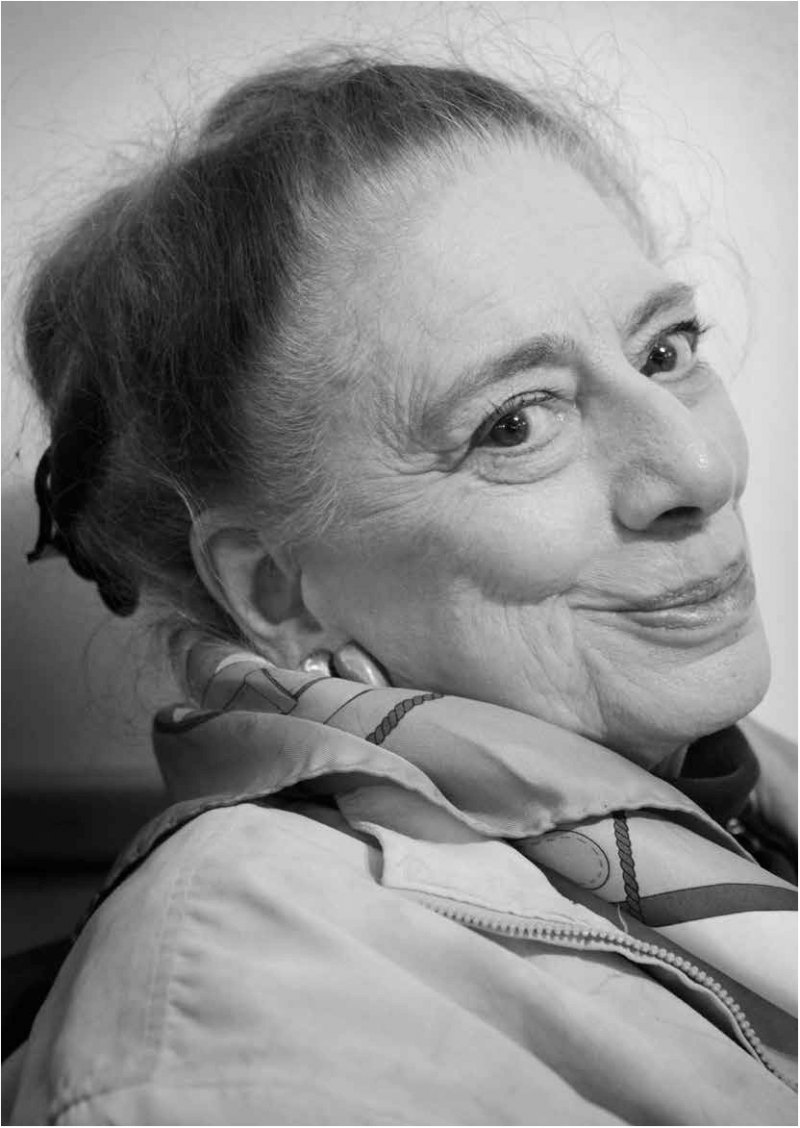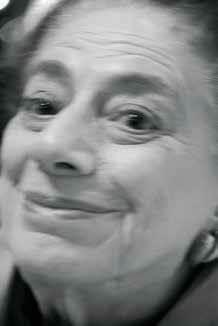Issue:

Sandra Mori
by MARY CORBETT
The saddest day of Sandra’s 11 year old life came in 1946 when her parents announced that the family would soon move across the world to Japan, where her father would be working for the Allied Occupation’s Public Health and Welfare section.
Plotting scenarios of escape filled her time throughout the long drive from her home in Monrovia, California, to Seattle, and continued aboard the USS Mercy on a storm tossed, three week journey across the Pacific. But her trepidations vanished when a snow covered Mt. Fuji rose in its full magnificence over the waves on the final day of her voyage, guiding the ship to port, and the young girl to a new life in Japan.
The war battered country was only beginning to find its footing. Soon after the family’s arrival, Sandra first set foot into the old Tokyo Press Club with her parents as guests of a friend. Set amidst grand stone columns, the Club’s lobby was brimming with the activity of “important looking people,” and it made a deep impression on the little girl. It wasn’t a place for children, but Sandra remembers occasions when some friendly journalists would set up a projector and entertain them with movies on the roof.
Other than one brief period in high school when she temporarily returned to the U.S., Sandra has spent her entire life in Japan. The Club has featured large throughout those years.
Sandra found herself “falling into” journalism at a very young age. By the time she was 17, she was filling her days with writing assignments and her evenings with classes at Sophia University. Some of her early pieces were for A No Ne, one of the first weeklies to highlight trends and entertainment spots around Tokyo.
WHILE STILL AT SCHOOL she began working at the Japan Times, where she found herself editing Donald Richie’s columns a particular claim to fame and “working side by side with one of the former Tokyo Roses.” She still managed to find time for other work, including a stint as an extra in Japanese films, and once struck up a flirtatious friendship with Toshiro Mifune, who was in the midst of filming Seven Samurai on a neighboring set. “He loved pulling my pony tail,” she says.
In spite of the crazy, busy days, Sandra found time to go dancing . . . a lot. Tokyo didn’t offer much in the way of entertainment during the ’50s, but universities and clubs, like Ginza’s Kinbasha, held nice tea dances where young men and women, some accompanied by mothers eagerly scouting good marriage prospects for their children, could meet over ¥300 coffee and cake. It was quite a sum in those days.
It was on one of these occasions that a handsome young man approached Sandra for a dance. Seinosuke Mori had a reputation as the dapper waka danna (young lord) of Ginza and like Sandra a passion for dance. It was magic at first sight for the young couple. But “respect able” Japanese families would not permit their young to date foreigners in those days; neither was Sandra’s father enamored by the young Japanese man.
This postwar Romeo and Juliet saga was to last for six years as they dated on and off. The walls of the Capulets and Montagues finally came tumbling down when news broke of the Crown Prince’s engagement to elegant commoner, Michiko Shoda. Suddenly, the idea of “romantic love” swamped the old traditions, and marriage fever hit with such force that Sandra and Seinosuke could hardly find a wedding ceremony location when their parents’ blessings were finally given. They settled on the picturesque Shitaya Shrine, and the bride looked exquisite in full wedding kimono.
“Toshiro Mifune loved pulling my pony tail”

SANDRA RETURNED TO WORK soon after her marriage. The Mainichi Daily News came calling with an offer for a weekly column, and other publications like Nikkan Sports and Shukan Bunshun followed. Foreign publications, including Asia Travel Trade and Travel & Leisure, also sought her talents.
Sandra says she covered mostly soft news like travel and other “women’s features,” but she had her share of adventures covering other interests. Through her father’s military connections, she once interviewed a North Korean contingent in town for a trade show and scooped the story of how they were exporting goods to Japan, which were then relabelled as Japanese products for export to the U.S.
It was the first time in print for what had been an apparently open secret, and Sandra remembers with enormous pride when Sam Jameson of the Los Angeles Times called to congratulate her. Scenes like that and heroic moments on the FCCJ Board such as the time she led the resurrection of the Alley Cats softball team after it had been cut in a big budgetary sweep color the vivid tapestry of her Club memories.
Sandra remains active today on the Entertainment Committee, hosting dignitaries and celebrities at some of the Club’s biggest events. While a member of the FCCJ since 1969, it was only upon retirement from the Mainichi in the late 80s that her writing portfolio turned predominantly inter national. She promptly became a Regular Member, telling a bemused Bruce Dunning from CBS in the application interview that it was to fulfill her greatest dream of sitting at the Round Tables in the Correspondents’ Corner.
That’s exactly where you’ll still find her on many days, holding the community together with her inimitable laughter and sparkling eyes.
Mary Corbett is a writer and documentary producer based in Tokyo, and a board member of the FCCJ.

